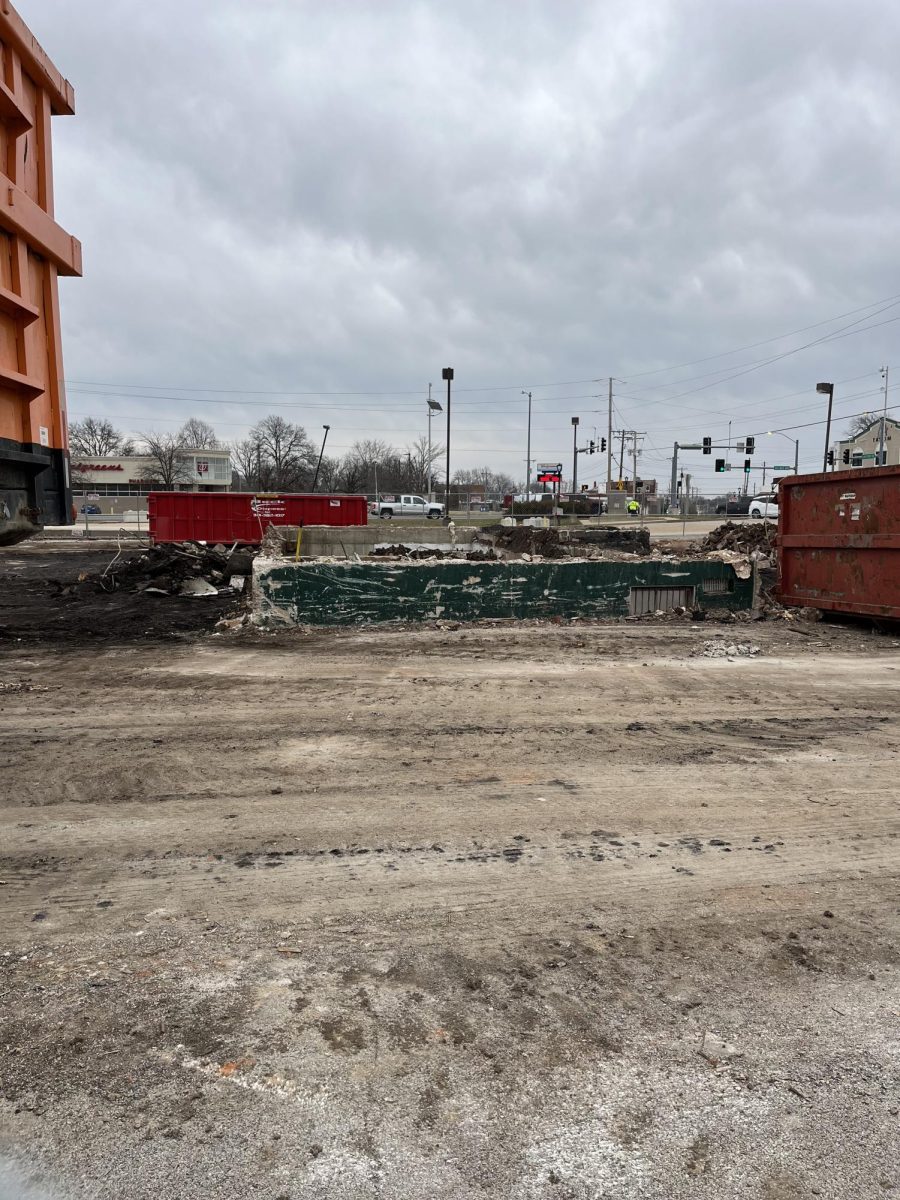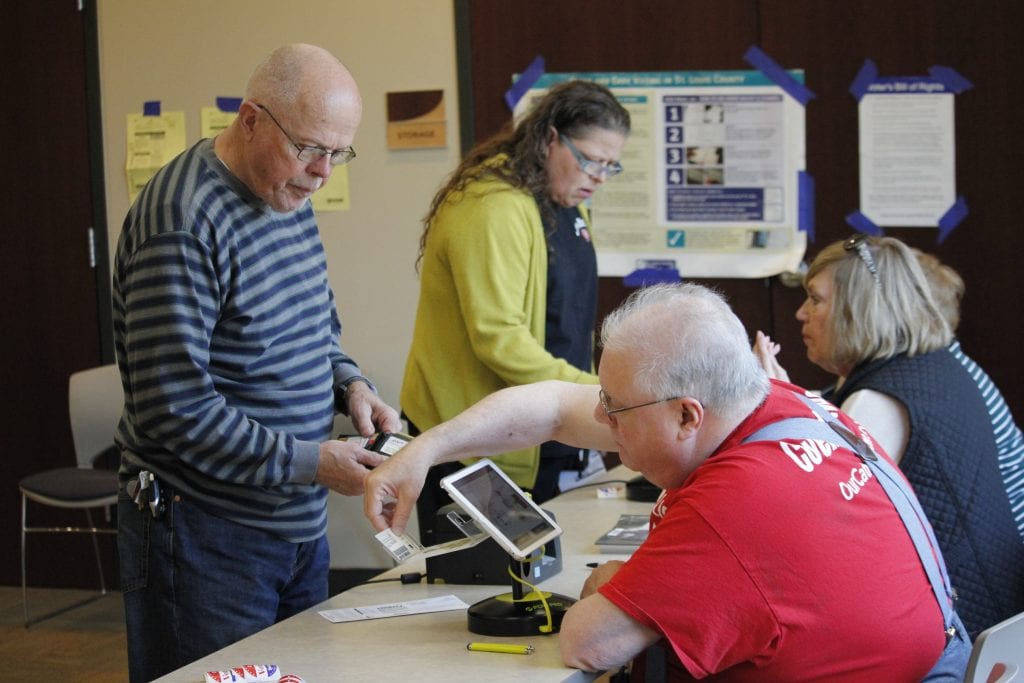By Mike Anthony
Executive Editor
news1@callnewspapers.com
A longtime planning consultant for the city of Crestwood last week outlined his vision of the future of the retail industry to the city’s Economic Development Commission.
Peckham Guyton Albers & Viets Vice President John Brancaglione, who has worked with Crestwood since the early 1980s, told the panel Jan. 22 that while brick-and-mortar retail stores will not go away, they often won’t be as big or carry a full line of merchandise.
To understand the future of retail, he outlined how the retail industry arrived at where it is today.
“… To me, if we’re going to understand this whole retail thing, you have to understand how it got where it is today, and I just think you can’t ignore that,” Brancaglione said. “So there has to be some kind of backstory, and Amazon, of course, is the one who changed the whole world of U.S. retailing. And now you have niche businesses that are copying their model …”
Savvy retailers who watched Amazon’s success stepped up their game, quickly creating good websites, he noted, citing Wayfair, which he said is putting a serious dent in the furniture market.
Other factors impacting the retail industry include too many retailers serving a given market and the overbuilding of retail space.
“… The U.S. has more retail square footage per capita than any other developed country by a wide margin — 50 percent more than Canada, 30 percent more than Germany — just to take a couple of examples,” Brancaglione said.
“In some instances, a lot of this development was spurred by competition between cities, and public-financing incentives having been used to create development that might not otherwise have happened,” he noted. “But you also have a lot of instances where the parties to blame are the banking institutions and the lending institutions. And the retailers in many categories have built stores in local markets that often couldn’t support the population growth. In other words, you had stores being built in markets where the population growth wasn’t expanding at the pace of the construction and so it didn’t support the square footage that was built …”
The evolution of mall development in the United States is “amazing,” he said. In 1960, 4,000 malls accounted for 14 percent of U.S. retail sales. In 1975, 30,000 malls accounted for more than 50 percent of the retail dollars spent — an amount equivalent to $676 billion, 8 percent of the workforce and 13 percent of the gross domestic product.
But mall traffic has been on the decline for some time. Mall traffic for 2016 — 2017 numbers are not available — is down 13 percent compared to 2015, Brancaglione said.
Changing habits of consumers are another factor.
“The millennials are really forcing that to happen … Chain restaurants are in trouble. They suffer from the same scenario. How many Applebee’s do you need in a given market, for example …,” he said. “What we’re seeing is the restaurants that have a local connection, unique and popular menu items and are sort of destinations — microbreweries are just one example — are typically doing very well. Also certain fast-food and what are called fast-casual (restaurants) are doing well, and growth in prepared foods from the deli counter is shocking. That market has grown 38 percent …”
A trend that troubles Brancaglione is the proliferation of grocery-store venues that he believes will result in the same type of overbuilding that negatively impacted retailers. Five years ago, most people were unaware of such stores as Lucky’s, Trader Joe’s, Fresh Thyme, Whole Foods, 365 and Ruler.
And today, 58 percent of sales from a Walmart Supercenter are from groceries.
“That was a recognition on their part. Now they’re trying to compete in essence by developing a grocery store. That concept may be a little late to the game for them,” Brancaglione said.
As for the future, he said, “Well, only the strong and the nimble and the online savvy are going to survive. And the surge in online retailing and the overbuilt market scenario has meant that the demand for the brick-and-mortar stores is decreasing, both in terms of location (and) in terms of size … The retailers’ cost of operating and maintaining stores, often because there are too many in a given market, is creating losses and … the mall as a retail development is basically dead in the form that it existed …. That doesn’t mean that some are not going to reinvent themselves …”
Brick-and-mortar retail stores will not disappear, but Brancaglione predicted massive changes.
Stores will be smaller and display racks will carry notices stating, “Additional styles, colors and sizes are available on our website …”
Items then can be delivered to the store or your home.
“Walmart was the first one to figure out how to go one better on Amazon. Walmart will give you a 10-percent discount if you have it shipped to the store. That’s brilliant on multiple levels. First of all, they’ve already got a truck coming to the store … They just don’t have to pay UPS or FedEx or whoever to deliver it to your house,” he said, adding that the pickup point for your merchandise is at the back of the store. “So you’ve got to go through the store to pick up the merchandise.”
Besides carrying less inventory, stores will be more like a showroom, but brick-and-mortar stores will not disappear because consumers will not purchase some items online, Brancaglione said, adding that it’s no accident that Amazon is starrting to open stores.
“And if you track the rumor mill that’s been persistent now for about going on a month, at least by my observation, the rumor mill that Amazon’s looking to buy Target is I think not all that far-fetched,” he said. “Amazon will have delivery points set up at Whole Foods and so you’ll have a kiosk where you’ll be able to pick up what you ordered …”
But the trend in retail closures will continue, Brancaglione predicted.
“I don’t think we’re going to see a retail apocalypse, but the shift’s going to be monumental and it’s going to occur over an extended period, as opposed to sort of falling off a cliff all of a sudden. I mean this is probably the most significant land use and market change I’ve seen in anything in my career over a relatively short period of time …,” he said




























